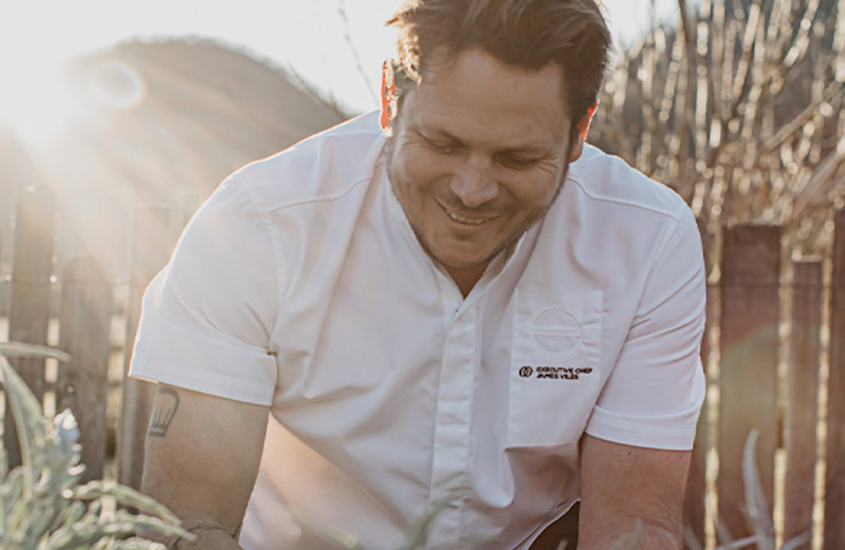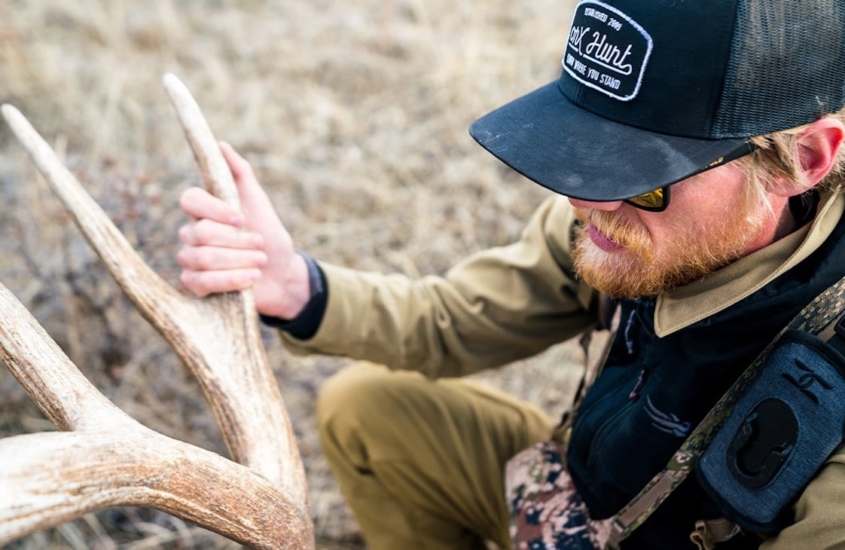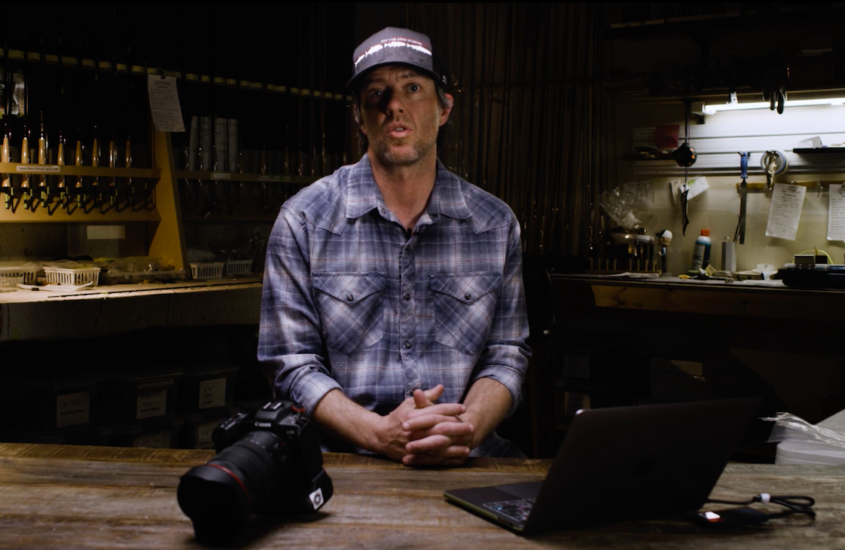By Dimitris Roussanidis:
The sights, smells and sounds of the outdoors are an amazing sensation, one that many of us can’t get enough of. But for some of us, it’s more than passion—it’s an addiction. Something that can’t be taken away. Waking up early well before everyone else, making our way in to our spot in the pitch black, prepared for days on end. Our blinds are brushed, decoys are rigged, guns cleaned, calls tuned… we are water fowlers!
The sport of water fowling is one that has been in our culture for centuries, dating back to the 1600s for the first European settlers. First Nations peoples have records of hunters using decoys in the pursuit of ducks and geese going back over 2,000 years ago. Discovering this sport, and entering its world can be made as easy or as difficult as you like. But one thing is certain: you will learn there is a love/hate relationship with it.
How do I get started?
The easiest way to get your foot in the door is to find someone you know who’s already a water fowler. Whether they are an addict who hunts every free moment they have, or a casual lover of the sport who ventures out when the time is right, having someone who already has the equipment (clothes, guns, waders, decoys, ammo, calls, blinds, etc.) is invaluable. Being able to tag along and be shown the lay of the land is an ideal situation.
You can start by asking friends and family if they have hunted or know someone who does. Some might be Rod & Gun Club members, and that may open up a bunch of doors to people they know who are avid water fowlers.
What if no one I know hunts for ducks or geese?
In the case where no one you know is a duck hunter, the best approach is to take it slow. Walking into your local sporting goods store having nothing, you will likely come out confused and overwhelmed.
Here in the Pacific Northwest, water and rain are pretty much an every day reality to a water-fowler, so let’s start with the basics: waders, rain jacket, shotgun, decoys.
After that, we are going to want to look at different resources for information. Things like magazines, blogs, podcasts and videos to try and help shorten the learning curve.
If no one you know is a hunter, or doesn’t hunt waterfowl specifically, getting out and about may prove difficult. Going alone at it can be challenging, but also very rewarding. Joining an online forum or Facebook group can quickly lead to hooking up with someone else who is in the same boat as you (literally). Other places to meet likeminded people are events like Delta Waterfowl Banquets, Ducks Unlimited Events and Rod & Gun Club outings.
Where to go?
The most challenging part of the game in this day and age is finding a location. Your first step to figuring out where to go get started, is to acquire a map that dictates where you can and can’t discharge your shotgun. In most cases these will be designated public marshes, wildlife refuges, ocean foreshores, private agricultural lands and so on.
In our local area here in the lower mainland of British Columbia, there is a thing called a Region 2 Special Areas map. On this map are very specifically highlighted areas in which you are, and aren’t, allowed to hunt. As well as areas that specify what type of projectile may be discharged (bow and arrow, shotgun only, any projectile including single projectiles). It is best to find a map with an index like this that thoroughly portrays the legal boundaries in which you can and can’t hunt.
What to buy?
Like I said earlier, start off the buying spree slowly. Take into consideration where you will likely be hunting the most to start, and cater your purchases towards that. In terms of everyday necessities such as waders, jackets, guns and ammo, those are a must. After that, things like decoys, calls, blinds and all the rest and best come with a price tag and are dictated by how much more you want to spend at first. When it comes to the ‘essentials,’ buy the best you can afford. No matter how nice your decoys look in the field, or how good your calling is, nothing will send you home faster in a heap of frustration than a leaking pair of waders/jacket or a malfunctioning gun during the best migration of the year.

Personally, I advocate supporting your local sporting goods store. The men and women behind the counters of your local shop will likely have the knowledge and expertise to direct you into your first quality products in the world of water-fowling: everything from proper sizing in your jacket and waders, to measuring the correct length of pull on your shotgun to fit your body type. Even going as far as customizing your gun for you with different sights, stock shims and recoil pad extensions. They can even suggest the appropriate ammunition for your style of hunting and the ducks and geese you intend on pursuing, and will likely advise you on how to rig your decoys for your local area. For example, water-fowlers who hunt in the Arkansas timber are likely to rig their floating duck decoys with different length cords and weights than those hunting tidal marshes with a fluctuating tide of 10 to 15 feet.
Resources
These days the world is at our fingertips. In the case of water-fowling, the internet is an amazing place to research and get the basics on where, when and what do to. Things like videos, articles, blogs and podcasts all have bits and pieces of information that will help you through your journey.
YouTube has plenty of instructional videos, ranging from decoy reviews, introduction to duck and goose calling, equipment reviews, shotgun shell patterning, decoy spread techniques and so much more. Magazines such as Wildfowl and Delta Waterfowl, and Waterfowler.com are all great reading material. The more you can take in and sort through, the better you can apply it to your specific hunting situation.
As with anything in life, nothing pays off more than hard-earned hours in the field or on the water. There is so much to learn and so many variables in this new game you are about to partake in. So step up to the blind, and take your best shot at it!













